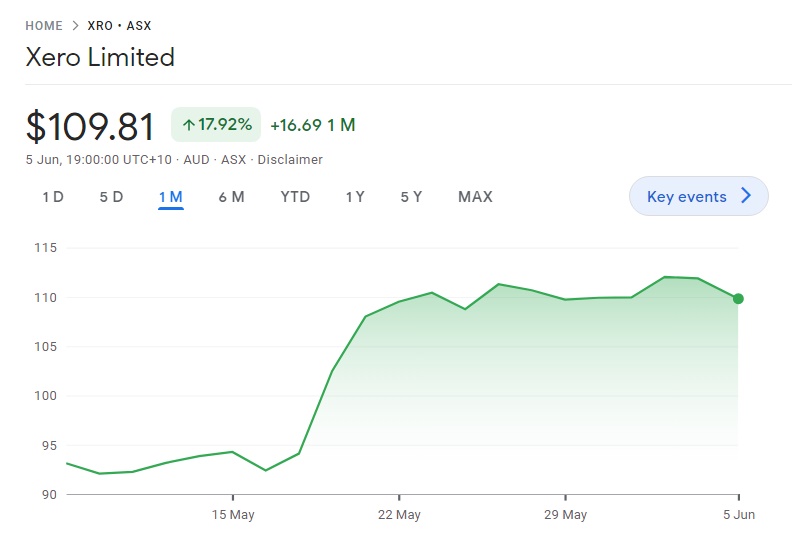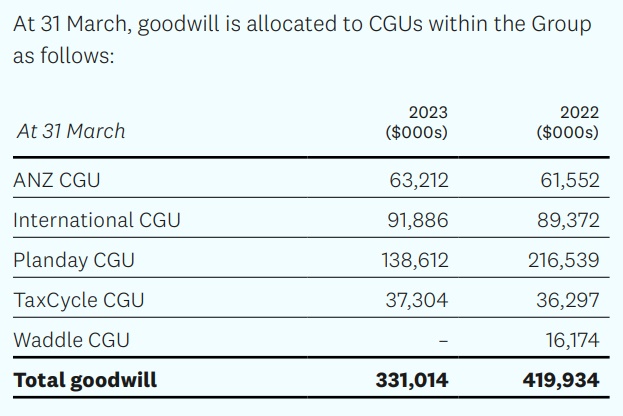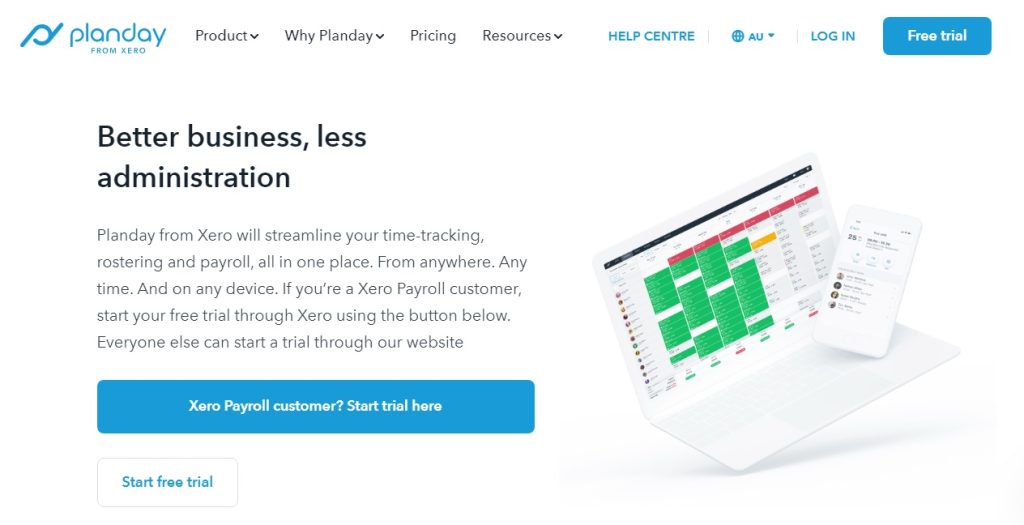
Breaking News & Updates
Xero’s financial report reveals BIG loss but share price pop. - eepurl.com/isNmKQ
It’s the end the of the financial year and for small businesses that means getting your affairs in order and buying things if you need them so you can claim the business expense this financial year.
Public companies that are listed on the ASX and other stock exchanges around the world report quarterly or half yearly and if you are a business owner or a share investor it’s important to understand how to read financial reports.
An interesting and relevant example is how Xero recently announced a big loss in their recent financial report but their share price sky-rocketed.
EBITDA was bad but revenue and user growth was good
When a company buys business assets like Xero did buying Planday and Canadian TaxCycle it has a capital cost to do this and there is a component of good will. These assets are valued differently over time and vary according to many different factors, including when the cost of money (ie. interest rates) increases – value of these assets can reduce.
Sometimes the sentiment in the market can also reduce the value of assets and we’ve seen a massive reduction in the value of online companies (Meta, Microsoft and Google). As a result the value of Planday (Xero’s new Workforce Management Software) has decreased from $217M to $139M.
In the recent financial statements from their Annual Report Xero reveal a net loss due to these write downs but the share price “popped up” based on strong user growth and revenue. Our newest course in development will teach you how to read financial reports like the Profit and Loss statement and Balance Sheet.
Big Hit on Xero’s Planday Acquisition
I’ve written about Xero’s acquisition of Planday and how exciting it is for the Payroll and HR administration side of their accounting software. This software can now be used in Australia and they make a special mention on the website for businesses who use Xero for the Payroll.
Financial Reporting Apps and Integrations
In my last blog I wrote about some of the apps and integrations which collect all the data you entered into Xero and prepare financial reports and analysis based on this data.
Understanding how to read and interpret financial reports is critical if you are a business owner because the financial results are to a business what a medical report is to a human.
Some business owners try to avoid learning about their finances only to realise one day that these financials are the true measure of success and failure. Failure to manage these financials can result in receivership and going into administration (like Mentor Education are currently experiencing) or even simply going broke.
I spoke to a business owner today who has been in business for 20 years and has earnt (and spent) millions of dollars over that time. His problem is that he didn’t really know what the numbers were doing or what he was spending money on and he often bought far more than he needed to because he wasn’t organised. Running regular reports, making smart decisions based on them and managing his business finances better could have put some of those millions into his own pocket.
We are lucky with public companies like Xero that senior executives promote the key points about their financial statements, particularly if there is some good news. This is what Xero said in a blog post about their most recent financial results.
Xero Financial Results
Performance highlights FY23 (All figures are in NZD and comparisons are made against FY22)
- Operating revenue increased 28% to $1,399.9 million
- Total subscribers increased by 470,000 to 3.74 million
- Annualised monthly recurring revenue (AMRR) grew 26% to $1,553.8 million
- Total subscriber lifetime value grew $2.5 billion to $13.4 billion
- Gross margin percentage remained flat at 87.3%
- Adjusted EBITDA increased $93.0 million to $301.7 million
- Operating income grew 61% to $57.3 million
- Net loss grew $104.4 million to $113.5 million
- Free cash flow was $102.3 million, up $100.2 million
- Total available liquidity $1.1 billion, cash on hand, short-term deposits and undrawn committed debt facilities
If you weren’t given this information you would have to dig through possibly 100-200 pages of an annual report.
Our new Understanding Financial Reports Training Course is currently in development and will be available to Bookkeeping Academy members for free, when it is first published.
Our goal is to help you understand how to read these reports and glean the important information to ensure you run a profitable business – or can make decisions based on them. This course will also benefit share investors who want to understand the value of shares from a “value” perspective, based on financial performance.
Great Add-on to Xero Cash Flow, Budgets and Forecasting Training Course
Our Advanced Certificate in Xero course goes through various transactions made by a newbie business owner called Jerry. At the end of the course you’ll have a full 3 months of financials to work with and have the knowledge to advise Jerry about alternative decisions he “could” have made and how they would have benefited him.
The new course will give some extra depth to Jerry’s small business and enable students to create some popular ratios about the business performance. One of our major goals in this new course is to help students understand the total value of a business while taking into consideration share equity, directors loans, asset based loans and other assets and liabilities.
If you are a Beginner to bookkeeping one of the most important financial reports for you to be aware of is the Accounts Receivable and Accounts Payable reports which are covered in the Daily Transactions Courses.
Financial Reporting in our Bookkeeping Courses
There are already plenty of training resources and exercises about financial reporting in each of our bookkeeping courses, including:
- Balance sheet – Daily Transactions Course and GST & BAS Course
- Profit & Loss – Daily Transactions Course and GST & BAS Course
- Inventory Item Details report – Daily Transactions Course
- Inventory Item Summary report – Daily Transactions Course
- Bank Reconciliation report – End of Month and Bank Reconciliation Course
- General Ledger report – End of Month and Bank Reconciliation Course
- Trial Balance – End of Month and Bank Reconciliation Course
- Payroll Activity Summary – Payroll Training Course
- Payroll Employee Summary – Payroll Training Course
- Leave Transactions report – Payroll Training Course
- Journal report – Payroll Training Course
- Aged Receivables report – Cash Flow Reporting Course
- Aged Payables report – Cash Flow Reporting Course
- Cash Flow statement – Cash Flow Reporting Course
- Budget planner – Cash Flow Reporting Course
- Project Details report – Project Costing Course
See our Bookkeeping Courses in QuickBooks Online, MYOB and Xero
-- Did you like what you read? Want to receive these posts via email when they are published? Subscribe below.












[…] you’re a subscriber to this blog you’ll recall that I wrote about Xero’s 2023 financial report and how they announced a big loss yet their share price sky rocketed. There’s a lot involved […]
[…] up and up and up and all the software vendors are increasing their prices at the moment. I thought Xero was pushing it with their yearly price increase but Aweber is similar to Mailchimp and they recently increased one of their monthly packages from […]